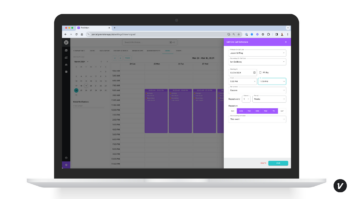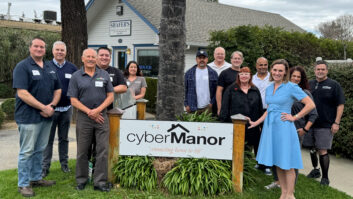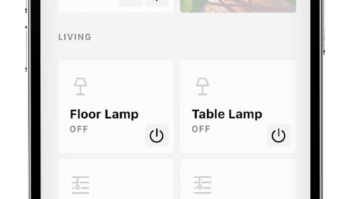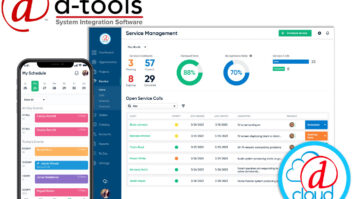One of the best ways to improve profitability is by reducing truck rolls. Lately, we’ve accomplished this by using technology such as IP-based power management products, remote programming for universal remotes, Teamviewer to troubleshoot systems, and countless other products. But an incident last week reminded me that returning to the basics during a routine service call is just as important.
For a client in Manhattan, we recently replaced a whole-home audio system and separately added new URC remotes for the TVs and video components. On Friday afternoon we returned to their home because they were having RF interference issues, and we needed to move the RF antenna around. One of our technicians went over and quickly found a new spot for the antenna that alleviated the problem. He thoroughly tested the remotes to make sure all of the components were working properly and even showed the client how to detect RF interference and what to do if they encountered it again. The client was very happy that everything worked and that they were given the tools to prevent the issue from occurring again. All was well and good, and my technician went home for the weekend.
Then, when Tuesday rolled around we got a call from the client because their audio system wasn’t working, and they couldn’t connect to it from their iPhones or computers. I reached out to the technician who had been there on Friday, and he acknowledged that in his rush to leave late that evening, he had not tested the audio system because he did not do anything with it during his visit.
He went back to the client the same day that we received the call and found out that the media server was turned off. The RF antenna had been located near the media server and when he was moving the antenna around for better reception, his hand evidently brushed the power button and turned it off, disabling the audio system. It was a silly error that was easily corrected. However, had our technician taken the time to follow our protocol and test the entire system before he left, he would have proactively discovered this error and saved the client from a weekend without audio and us from having to make another service call.
Although it is crucial to our business to stay on top of the latest technologies both for our clients and for our own success, we also need to remember the basics. The solution does not always need to be extreme, and if we follow the simplest protocol, we can avoid service calls.
It should be second nature to fully test your client’s system each time you are called to their home, allowing you to catch accidental mistakes. There is nothing more satisfying than having an extremely happy client when you finalize the system and hand over the remote.
Todd Anthony Puma is president of The Source Home Theater Installation in New York City.






